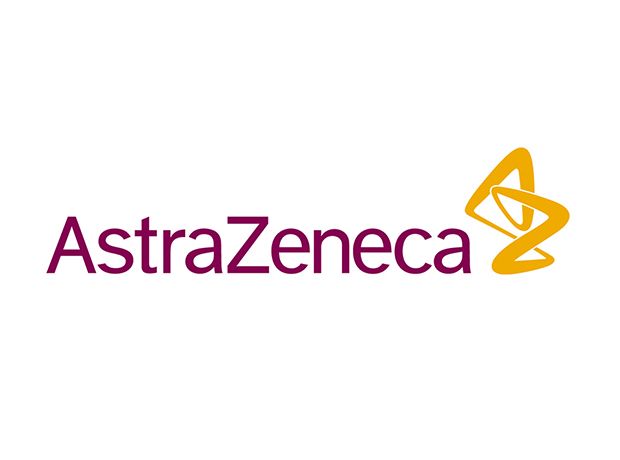Article
AstraZeneca, Ionis Plan for Approval of TTR Amyloidosis Drug with Promising Data
Author(s):
The aim is for the RNA-based medicine to dually serve as a treatment for multiple forms of transthyretin amyloidosis, and as a commercial contender to competing therapies.

A phase 3 study evaluating eplontersen, an RNA-based drug, provided promising results for treatment of transthyretin (TTR) amyloidosis, a rare condition that affects the nerves.
The drug provided a clinically meaningful reduction in the protein levels that are linked to disease progression in patients with TTR amyloidosis, as obversed in an interim analysis following 35 weeks of treatment.
Additionally, eplontersen improved measures of neurological functions and quality of life. According to Ionis Pharmaceuticals and development partner AstraZeneca, no specific safety concerns were reported.
TTR Amyloidosis Therapy Candidates
The aim is for the investigational medicine to dually serve as a treatment for multiple forms of transthyretin amyloidosis, and as a commercial contender to Alynlam's competing therapy Onpattro.
The first medicine for TTR amyloidosis that Ionis developed, Tegsedi, has been approved in the US and Europe to treat polyneuropathy nerve damage caused by the disease. However, it wasn't commercially successful, and it was associated with adverse events including low platelet counts.
Onpattro didn't share the adverse events that Tegsedi did. While it's uncertain how eplontersen, the second-generation version of Tegsedi, will compare to the other candidates, Ionis and AstraZeneca plan to seek regulatory approval within the year, based on these phase 3 data.
NEURO-TTRansform Phase 3 Clinical Trial
The success of the eplontersen is an important step for the development partners. With the completion of co-primary and secondary endpoints in the NEURO-TTRansform phase 3 trial, eplontersen demonstrated a statistically significant percent change in serum transsthyretin concentration, reducing TTR protein production, compared to baseline.
When compared to an external placebo group, patients who received the drug exemplified a change from baseline shown in the modified Neuropathy Impairment Score +7 (mNIS+7), which measures disease progression. Thus completing the other primary endpoint for the trial.
Findings also fulfilled the secondary endpoint of change from baseline in the Norfolk Quality of Life Questionnaire-Diabetic Neuropathy (Norfolk QoL-DN) displaying that those treated with the drug significantly improved patient-reported quality of life compared with placebo.





